Zibo Yunneng Kiln Technology Co. Ltd. Zibo Yunneng Kiln Technology Co. Ltd.
Free delivery samples
high quality assurance
Engineer's door-to-door guidance
lifelong technical support
Contact us+86159669653330086-533-5331887
Zibo Yunneng Kiln Technology Co. Ltd. Zibo Yunneng Kiln Technology Co. Ltd.
Free delivery samples
high quality assurance
Engineer's door-to-door guidance
lifelong technical support
Contact us+86159669653330086-533-5331887
Home -> News -> News -> Castable Technology ->

In recent years, the proportion of amorphous refractories in the whole refractory material is increasing, and the most increase is castable. The increase in the use of castables is mainly due to the development of low cement and ultra low cement combined castable technology. .
The low-cement refractory castable with aluminate cement as the binder is usually used. In the alumina-cement-bonded refractory castable, a considerable part of the product is susceptible to some damage during the curing process after the construction. The phenomenon causes the surface to be pulverized and peeled off, and the weight directly causes the green body to lose the bonding strength and pulverize and collapse.
Especially for the large castable precast block, it is a big loss. For example, the surface pulverization phenomenon of the iron slag and the slag ditch of the blast furnace is particularly serious. Therefore, experts have analyzed the damage mechanism and formulated the mechanism. Practical methods and countermeasures to avoid or reduce the surface damage of castables.
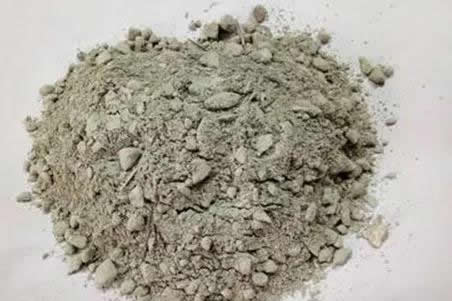
Based on the existing analysis of the cause of damage to the surface of the castable, appropriate measures are taken to prevent or reduce the extent of surface damage.
Solution for surface damage of castables
1, using high purity raw materials
High-purity, high-density raw materials can reduce the content of soluble alkali metals. For example, refractory alumina aggregates should be calcined in rotary kiln as much as possible, with less impurities, high bulk density, or dense corundum as aggregate, for not calcined. The raw materials are strictly controlled in terms of impurity content while controlling the amount of addition as little as possible.
2. Reasonable selection of types of admixtures
The traditional castable admixture usually uses lignin calcium salt and sodium salt, which increases the alkali metal content of the castable, accelerates the hydration decomposition reaction, and adjusts the new composite water reducer to reduce the calcium salt. The addition and strict control of the amount of addition, after the laboratory verification, the test was carried out in the production, the type of the admixture was changed, and the optimal addition amount was achieved, and the phenomenon of powdering on the surface of the green body was improved. It will be extended to about one week in ~5 days, and the strength of the green body will also increase. The effects of different admixtures on the properties of the castables are shown in Table 2. In this way, combined with the control of the drying time, drying as early as possible to enhance the early strength, the surface powdering of the green body has rarely occurred.
3. Control of construction water
The control of the construction water quality has been strengthened, and the water is first precipitated in a large container before production to avoid water turbidity and impurities, so as to reduce the entry of other additives which can increase the hydration speed of the cement.
4. Control of the construction environment
Enhancing early strength In order to reduce and reduce the contact between the surface of the castable and the air, a surface covering method is adopted to close the surface pores, and to minimize the diffusion of carbon dioxide and water vapor into the castable body, thereby preventing the damage reaction. At the same time, in order to dry the blank as soon as possible, the insulation of the plant is strengthened, and if necessary, the blank is dried in a low-temperature kiln and then demolded, so that the green body is hardened during the best curing period of 36 hours to ensure the strength of the cast body. .
in conclusion
Through the above analysis of the causes of the damage of the surface of the low-cement refractory castable preform, according to the corresponding solution and in the production test, significant results have been achieved, the thickness of the surface pulverized layer is reduced from about 5 mm to almost disappear. At the same time, the amount of water added to the construction is reduced by 2%, which increases the strength of the castable by nearly 10 MPa, which plays a very good role in improving the service life of the precast block.
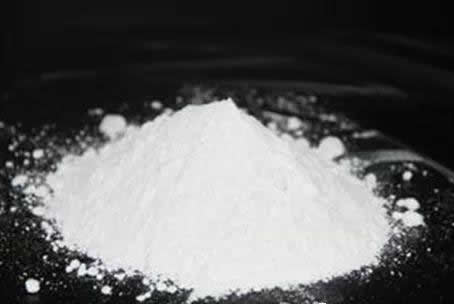
Relevant Product Display
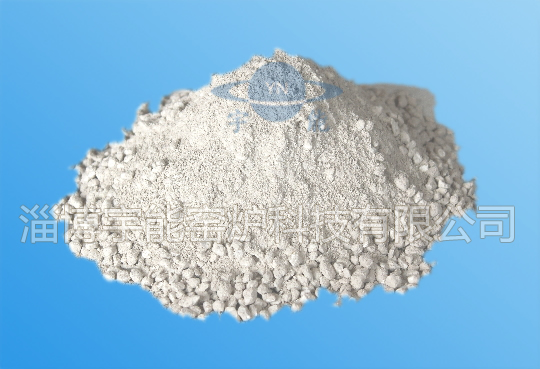 Wear-resistant refractory castable D-17m
Wear-resistant refractory castable D-17m
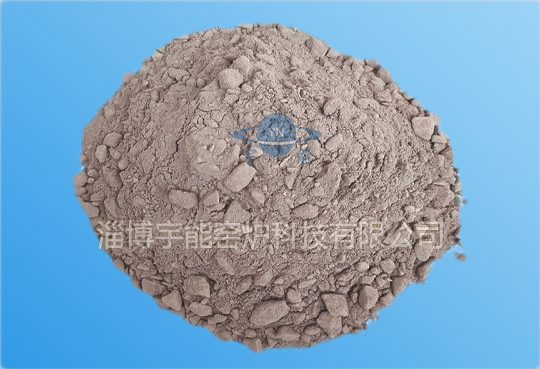 A new type of uniform wear-resistant refractory castable SM-20
A new type of uniform wear-resistant refractory castable SM-20
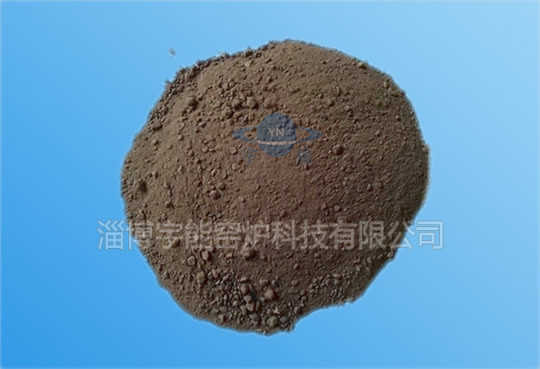 LT-6C Series of heat-resistant and wear-resistant single layer lining ..
LT-6C Series of heat-resistant and wear-resistant single layer lining ..
 High strength refractory castable D-16
High strength refractory castable D-16
Relevant information
Hotline